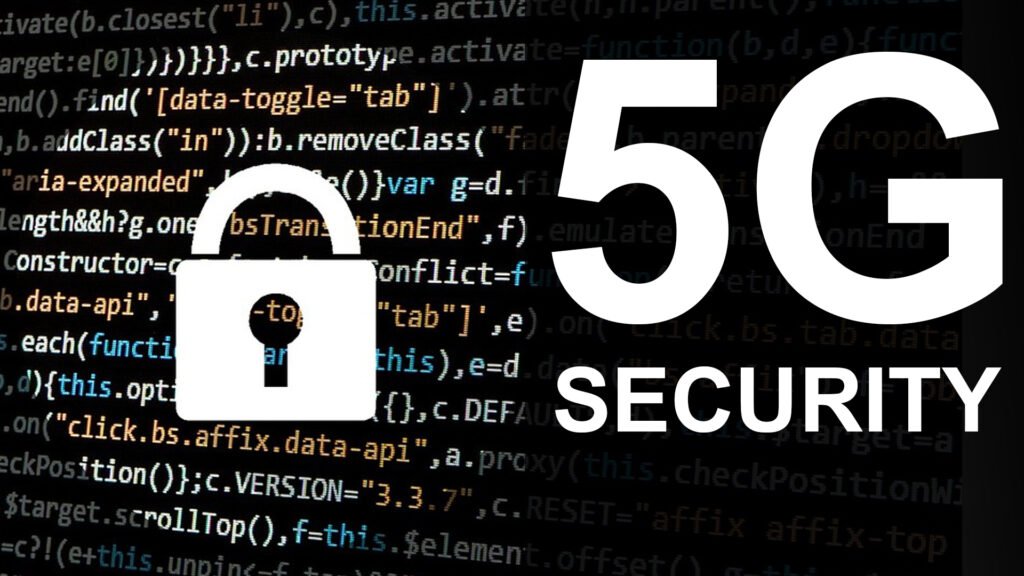
The advent of 5G technology marks a significant leap in connectivity, offering unprecedented speeds, low latency, and the capability to connect a massive number of devices. While these advancements present numerous opportunities for enhancing network performance and security, they also introduce new challenges that need to be addressed. This article explores the impact of 5G on network security in detail, highlighting both opportunities and challenges, and illustrating them with real-world case studies.
Opportunities in 5G Network Security
1. Enhanced Security Protocols
5G networks come with enhanced security protocols that address vulnerabilities present in previous generations. These include:
- Improved Encryption Standards: 5G employs stronger encryption algorithms for data transmission, making it more difficult for attackers to intercept and decrypt sensitive information.
- Robust Authentication Mechanisms: Advanced authentication methods ensure that only authorized devices and users can access the network, reducing the risk of unauthorized access.
2. Network Slicing
Network slicing is a key feature of 5G that allows operators to create multiple virtual networks within a single physical 5G infrastructure. Each slice can be customized to meet the specific needs and security requirements of different applications, such as IoT devices, autonomous vehicles, or smart cities. This flexibility enhances security by isolating sensitive data and critical services from less secure segments of the network.
3. Edge Computing
The low latency of 5G networks facilitates the use of edge computing, where data processing occurs closer to the source of data generation rather than in centralized data centers. This decentralization offers several security benefits:
- Reduced Attack Surface: By processing data locally, edge computing reduces the amount of data transmitted over the network, minimizing exposure to potential attacks during transmission.
- Faster Response Times: Localized processing enables quicker detection and response to security threats, improving the overall resilience of the network.
Challenges in 5G Network Security
1. Increased Attack Surface
The proliferation of IoT devices connected via 5G significantly expands the attack surface. Each connected device represents a potential entry point for cybercriminals, requiring more comprehensive security measures to safeguard the entire network.
2. Complexity of Network Management
Managing the security of 5G networks is inherently more complex due to the increased number of connected devices and the introduction of network slicing. Ensuring consistent security across all network segments and devices requires sophisticated monitoring and management tools.
3. Supply Chain Security
5G networks rely on components and software from multiple vendors, raising concerns about the security of the supply chain. Ensuring that all elements of the network are secure and free from tampering is critical to maintaining overall network security.
Case Studies
Case Study 1: Securing Smart Cities
City of Barcelona
Barcelona has been a pioneer in implementing smart city initiatives, leveraging 5G technology to connect various city services, including traffic management, waste management, and public safety. The city’s use of 5G has brought significant improvements in service efficiency and quality of life. However, it also introduced new security challenges.
Challenges:
- Increased Attack Surface: The integration of numerous IoT devices increased the city’s vulnerability to cyber attacks.
- Complex Security Management: Managing the security of diverse connected devices required advanced solutions.
Solutions:
- Network Slicing: The city implemented network slicing to ensure that critical services operated on highly secure network segments, isolating them from less critical services.
- Advanced Encryption and Authentication: Enhanced security protocols were deployed to protect data integrity and privacy.
Outcome:
These measures helped Barcelona maintain the integrity of its smart city infrastructure, preventing significant cyber incidents and ensuring continuous, reliable services for its residents.
Case Study 2: Enhancing Industrial IoT Security
Manufacturing Plant in Germany
A leading manufacturing plant in Germany adopted 5G technology to enhance its industrial IoT (IIoT) capabilities, connecting machinery, automating processes, and collecting real-time data for predictive maintenance.
Challenges:
- Expanded Attack Surface: The interconnected machinery and devices increased the risk of cyber attacks.
- Data Security: Ensuring the security of sensitive manufacturing data was critical.
Solutions:
- Edge Computing: The plant implemented edge computing to process data locally, reducing the risk of data breaches during transmission.
- AI-Driven Security: Advanced AI-driven security solutions were used to monitor network traffic and detect anomalies in real-time.
Outcome:
The enhanced security measures protected the plant’s IIoT infrastructure, preventing data breaches and ensuring uninterrupted operations. The use of AI-driven security also improved the plant’s ability to respond swiftly to potential threats.
Case Study 3: Strengthening Telecommunication Networks
Telecom Operator in South Korea
A major telecom operator in South Korea rolled out its 5G network nationwide, aiming to provide high-speed connectivity and support a wide range of applications, from mobile services to IoT.
Challenges:
- Network Management Complexity: The large-scale deployment increased the complexity of network management.
- Securing Network Slices: Ensuring the security of different network slices catering to various applications was critical.
Solutions:
- Advanced Network Management Tools: The operator deployed sophisticated tools to monitor and manage the security of its 5G infrastructure.
- Multi-Layered Security Protocols: Implementing end-to-end encryption and robust authentication methods across all network slices.
Outcome:
The telecom operator successfully secured its 5G network, providing reliable and secure services to millions of users. The advanced security measures enabled the operator to support critical applications, such as telemedicine and autonomous vehicles, with high levels of trust and reliability.
Conclusion
The transition to 5G technology presents both significant opportunities and challenges for network security. Enhanced security protocols, network slicing, and edge computing offer innovative ways to protect network integrity and data privacy. However, the increased attack surface, complexity of network management, and supply chain security issues necessitate advanced solutions and vigilant monitoring.
By learning from real-world implementations, such as those in Barcelona, Germany, and South Korea, organizations can better understand how to navigate the security landscape of 5G networks. As 5G technology continues to evolve, so too will the strategies and tools needed to ensure its secure deployment and operation.
#5G #NetworkSecurity #CyberSecurity #IoT #EdgeComputing #AI #SmartCities #Telecom #IndustrialIoT #Encryption #Authentication #TechTrends #DataPrivacy #SupplyChainSecurity